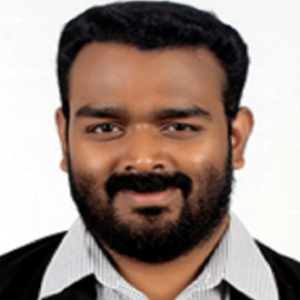Abstract:
Aim:
This case illustrates exact clinico-radiological match with hyperacute left sided cephalo-brachial dystonia and right sided putaminal infarct. AMD symptoms resolved after thrombolysis and patient’s outcome was positive.
Discussion:
Though not uncommon it takes a combination thorough clinical examination and detailed history taking along with imaging to detect this unusual presentation and act immediately for better outcome of the patient.
Movement disorders occur uncommonly in association with stroke in adults and tend to resolve over time.
The lesions can be due to middle or posterior cerebral artery territories.
After hemiballism-hemichorea, dystonia is the second most common movement disorder after stroke
Post-stroke dystonia has been attributed to lesions of the putamen (the most common site of isolated lesions causing dystonia)> caudate> pallidum> thalamus> midbrain.
Biography:
Moncy Thomas, MD, DM, is an Associate Staff Physician in the Neurological Institute of Cleveland Clinic Abu Dhabi. Dr. Thomas associates with the first fully integrated Neurological Institute in the Middle East which provides treatment for a broad spectrum of neurological disorders. Prior to joining Cleveland Clinic Abu Dhabi, Dr. Thomas served as Head of the Division of Neurology at St James Hospital in India, where the division focused on Stroke, Epilepsy, Movement Disorders, Headaches, Peripheral Neuropathies, Dementia, Multiple Sclerosis, Spine Sleep, Neuromuscular, and Neuro Rehabilitation. During this period, he established the stroke unit and headed the thrombolytic therapy team. He initiated therapy with newer thrombolytic therapy with Tenecteplase in his stroke unit with successful outcomes.A native of India, Dr. Moncy received a Master’s Degree in General Medicine, and a Doctorate in Medicine in Neurology from the Bharath University of India. He has significant experience in the field of Neurology Neurophysiology and Neuropsychiatry. Dr. Moncy’s primary field of expertise is in neurology, with special interest in Strokes, Movement Disorders, Headaches, Peripheral Neuropathies, Epilepsies and Dementia.




